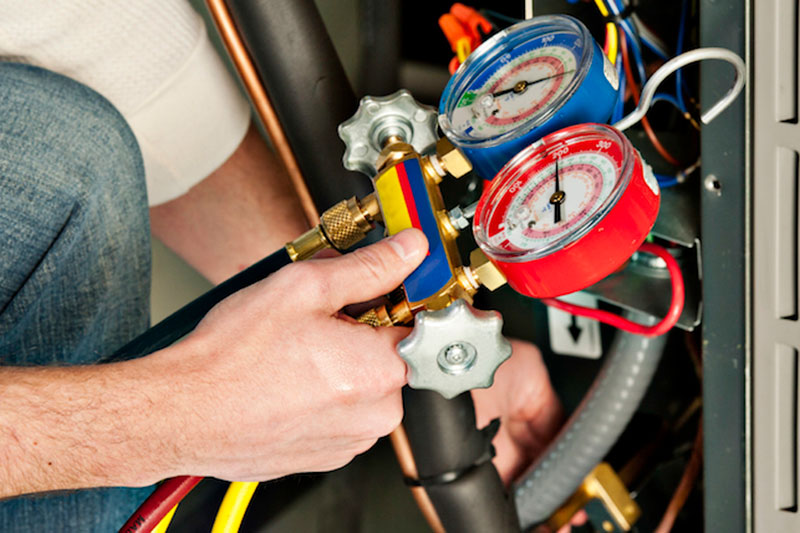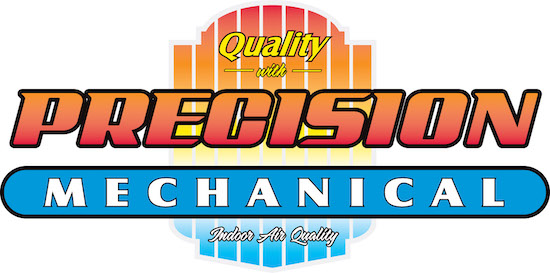
You might not think often about how your air conditioner works, but it needs refrigerant to keep your home fresh. This refrigerant is bound by environmental regulation, as it contains chemicals.
Based on when your air conditioner was put in, it may require R-22, R-410A or R-32 refrigerant. We’ll discuss the differences and which air conditioner refrigerants are being phased out in Rapid City, in addition to how these phaseouts impact you.
What’s R-22 and Why Is It Discontinued?
If your air conditioner was put in before 2010, it possibly contains Freon®. You can learn if your air conditioner contains it by calling us at 605-206-3766. You can also examine the name plate on your air conditioner condenser, which is located outside your residence. This sticker will include details on what type of refrigerant your AC needs.
Freon, which is also called R-22, contains chlorine. Scientists consider R-22 to be damaging to the earth’s ozone layer and one that prompts global warming. The Environmental Protection Agency, which manages refrigerants in the United States, barred its manufacture and import in January 2020.
Should I Replace My R-22 Air Conditioner?
It depends. If your air conditioning is cooling correctly, you can continue to keep it. With yearly air conditioner maintenance, you can expect your AC to last around 15–20 years. However, the Department of Energy reports that removing a 10-year-old air conditioner could save you 20–40% on yearly cooling expenses!
If you don’t install a new air conditioner, it can cause an issue if you need air conditioning repair in the future, specifically for refrigerant. Repairs may be more expensive, as only limited levels of recycled and reclaimed R-22 is available.
With the phaseout of R-22, a lot of new air conditioners now use Puron®. Also called R-410A, this refrigerant was made to keep the ozone layer strong. As it requires a different pressure level, it doesn’t match air conditioners that use R-22 for cooling.
However, Puron still has the possibility to lead to global warming. As a consequence, it could also sometime be ended. Although it hasn’t been disclosed yet for residential air conditioners, it’s anticipated sometime this decade.
What Refrigerant Will Take the Place of R-410A?
In preparation of the phaseout, some manufacturers have started using R-32 in new air conditioners. This refrigerant rates low for global warming likelihood—approximately one-third less than R-410A. And it also reduces energy use by about 10%, according to the Intergovernmental Panel on Climate Change’s Fourth Assessment Report. That’s savings that may be forwarded on to you through your cooling expenses.
Precision Mechanical Can Assist with All Your Air Conditioning Needs
In summary, the modifications to air conditioner refrigerant probably won’t concern you very much until you need repairs. But as we discussed earlier, repairs connected to refrigerant might be more costly due to the low amounts on hand.
In addition to that, your air conditioner usually stops working at the worst time, frequently on the warmest day when we’re experiencing a lot of other calls for AC repair.
If your air conditioner uses an outdated refrigerant or is more than 15 years old, we recommend getting a new, energy-efficient air conditioner. This delivers a hassle-free summer and might even decrease your electrical expenses, especially if you choose an ENERGY STAR®-rated system. Plus, Precision Mechanical has many financing solutions to make your new air conditioner even more affordable. Contact us at 605-206-3766 to begin right away with a free estimate.













